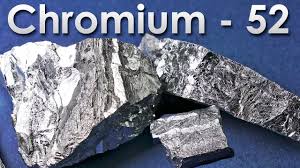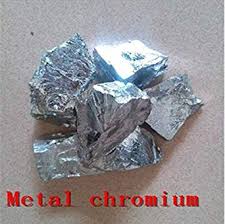What Is Titanium Dioxide?
Sep 27,2019
There seems to be a lot of misunderstanding about titanium dioxide, which can be used as a colorant in foods. While headlines may suggest titanium dioxide is a health concern, scientific research has actually shown titanium dioxide to be safe. So what is it used for and why is it used? Read on to learn more!
Titanium dioxide (TiO2) is a naturally occurring mineral that is mined from the earth, processed and refined, and added to a variety of foods, as well as other consumer products. White in color, it is used to enhance the color and sheen of certain foods and is also key for food safety applications. In its natural state it exists in different bulk crystalline forms, such as anatase and rutile, but during processing it is ground into a very fine powder.
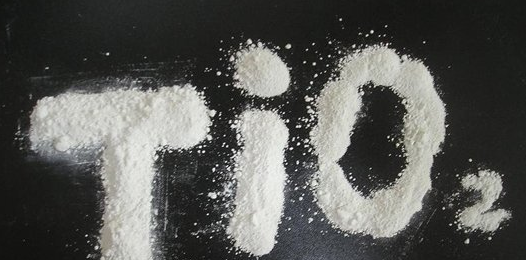
Is Titanium Dioxide Safe?
Yes. According to the FDA and other regulatory agencies globally, “titanium dioxide may be safely used for coloring foods”. Titanium dioxide is safe to use, and the FDA provides strict guidance on how much can be used in food. The amount of food-grade titanium dioxide that is used is extremely small; the FDA has set a limit of 1 percent titanium dioxide for food. There is currently no indication of a health risk at this level of exposure through the diet.
In food, titanium dioxide has a few different uses. Most notably, its food-grade form is used as a colorant to enhance and brighten the color of white foods such as dairy products, candy, frosting, and the powder on donuts. For foods that are sensitive to UV light, titanium dioxide is used for food safety purposes to prevent spoilage and increase the shelf life of food.
Titanium dioxide has similar uses in non-food products. It is used in sunscreen as effective protection against UVA/UVB rays from the sun, which creates a physical barrier between the sun’s rays and the skin. It’s also used to whiten paint, paper, plastic, ink, rubber, and cosmetics.
While IARC listed titanium dioxide as “possibly carcinogenic to humans,” they also add that “there is inadequate evidence in humans for the carcinogenicity of titanium dioxide.” Of the four human studies that they reviewed, only one showed a potential risk for occupational workers inhaling titanium dioxide particles and lung cancer, while the other three showed no risk for cancer at all. And it’s key to note that IARC did not assess the effects of titanium dioxide found in foods.
So if you’re worried about titanium dioxide, don’t be! With current research and industry recommendations, titanium dioxide is a safe food additive. And if you want to avoid it, that’s ok too! Just don’t expect certain foods to be so white, smooth, and bright.
- Related articles
- Related Qustion
- Applications of Titanium dioxide in pharmaceuticals and food products Dec 16, 2024
Titanium dioxide (TiO2) is a stable, non-toxic inorganic material. It exists as a white powdery solid with a very high refractive index and is widely used as a white pigment.
- The uses and safety of Titanium dioxide Nov 29, 2023
Titanium dioxide is one of the most widely used metal dioxides for applications such as semiconductors, photocatalysts, pigments, pharmaceutical excipients, and antimicrobials.
- Titanium dioxide Crystal Nov 21, 2023
The space lattice of TiO2 belongs to the tetragonal system, and its rutile-type structure has lattice constants of a=0.459373 nm and c=0.295812 nm (25℃).
Chromium occurs in the minerals chromite, FeO?Cr2O3 and crocoite, PbCrO4. Chromium metal is produced by thermal reduction of chromium(III) oxide, Cr2O3 by aluminum, silicon or carbon. The starting material in all these thermal reduction pro....
Sep 27,2019Inorganic chemistryThe most important application of chromium is in the production of steel. High-carbon and other grades of ferro-chomium alloys are added to steel to improve mechanical properties, increase hardening, and enhance corrosion resistance.....
Sep 27,2019Inorganic chemistryTitanium dioxide
13463-67-7You may like
Titanium dioxide manufacturers
- Titanium dioxide
-
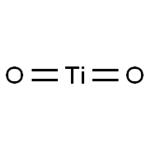
- 2025-06-14
- CAS:13463-67-7
- Min. Order:
- Purity: 0.99
- Supply Ability:
- Titanium dioxide
-

- $100.00/ kg
- 2025-06-10
- CAS:13463-67-7
- Min. Order: 1kg
- Purity: 99%
- Supply Ability: 5000
- Titanium dioxide
-
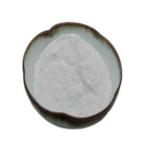
- $2100.00 / 1Tons
- 2025-06-06
- CAS:13463-67-7
- Min. Order: 100Tons
- Purity: 99.99%
- Supply Ability: 200Tons




